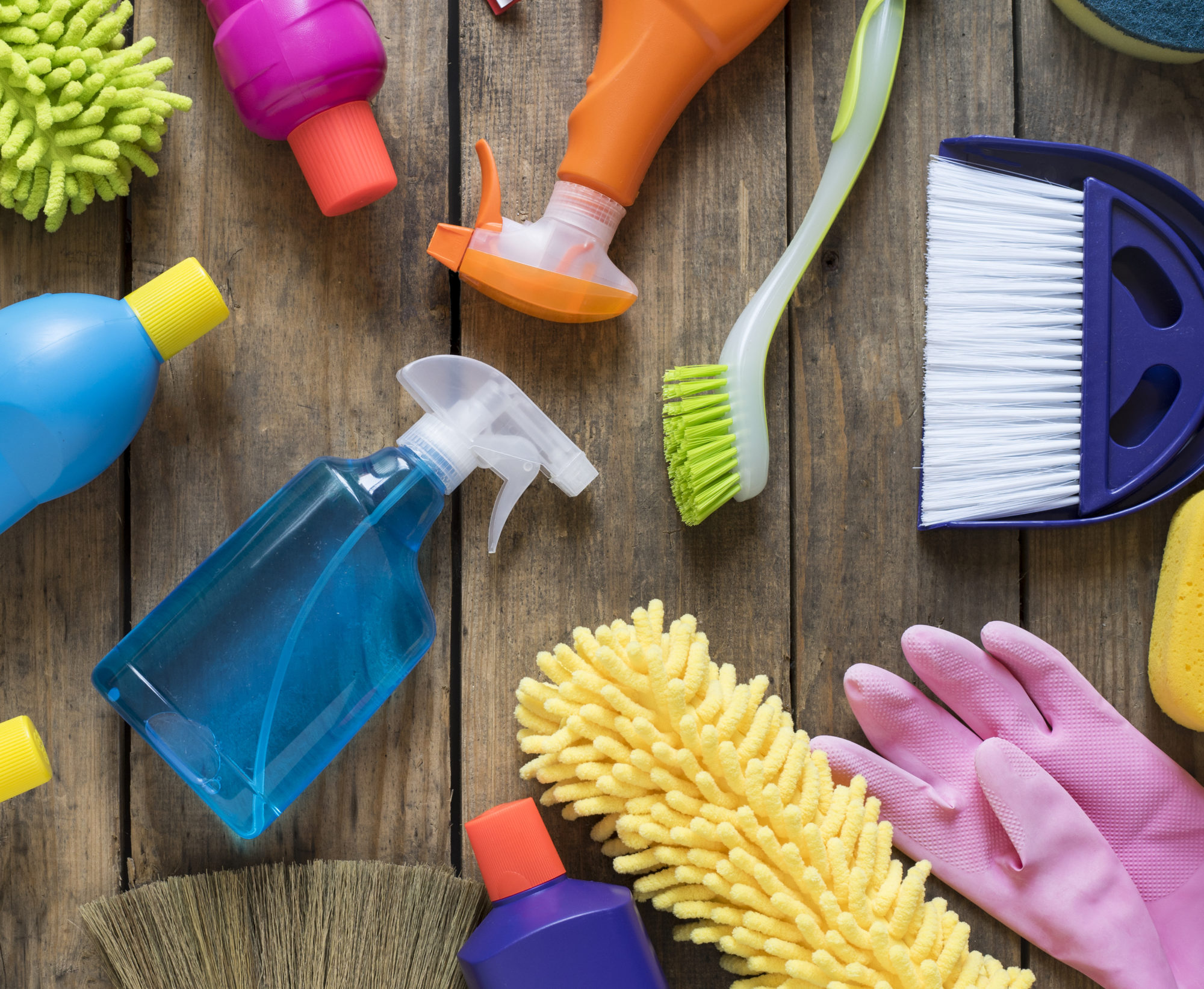Professional carpet cleaning is the most misunderstood of the professional cleaning industries. Often referred to as steam cleaning, professional carpet cleaning has evolved of the years and there are five methods being used today to professionally clean carpets. Steam cleaning is not a good way to describe any of the commonly used methods for cleaning carpets today.
There are many reasons for professional carpet cleaning, one it will increase the life of your carpets to have them cleaned regularly. The dirt embedded in the carpets rub together to prematurely wear out the carpet fibres. The appearance is better with clean carpets; health is improved with less soil and or dust in the home etc.
Hot Water Extraction
The method commonly referred to as steam cleaning is better referred to as Hot water Extraction. This is where you apply a pre-spray and use agitation and a hot water rinse to remove the soap and soil. The agitation can come in the form of a machine applying pressure with brushes or simply using the wand which vacuums up the hot water sprayed on to the carpets to rinse out the pre-spray. There are different chemical requirements depending on whether or not the carpet is a synthetic or natural carpet fiber.
Extraction is by far the most important step in this process. Since the hot-water extraction method uses much more water than other methods like bonnet or shampoo cleaning, proper extraction and air flow are critical to avoid drying issues. Drying time may also be decreased by extra use of fans, air conditioning, and/or outdoor ventilation.
Older surfaces, such as double jute-backed carpets and loose rugs with natural foundation yarns, could shrink after a wet treatment. Newer carpets, such as with synthetic backing and foundation yarns, do not shrink, and they smooth easily. The variety in carpet types and situations make a good argument to always use a professional carpet cleaner who has been trained and certified.
Wet-cleaning systems naturally require drying time, which has led to customer fears and concerns about very slow drying, the risk of discoloration returning during drying, and odors, bacteria, fungi, molds, and mildews. Balancing the need for rapid drying (attributable to lower flow rate through the cleaning jets of a spray system) and the need to remove the most soil (attributable to higher flow rate) is a key technique that must be mastered by carpet-cleaning technicians.
Dry compound
A 98% biodegradable cleaning compound may be spread evenly over carpet and brushed or scrubbed in. For small areas, a household hand brush can work such a compound into carpet pile; dirt and grime is attracted to the compound, which is then vacuumed off, leaving carpet immediately clean and dry. For commercial applications, a specially designed cylindrical counter-rotating brushing system is used, without a vacuum cleaner. Machine scrubbing is more typical, in that hand scrubbing generally cleans only the top third of carpet.
Encapsulation
In the 1990s, new polymers began literally encapsulating (crystallizing) soil particles into dry residues on contact, in a process now regarded by the industry as a growing, up-and-coming technology working like “tiny sponges”, the deep-cleaning compound crystals dissolve and absorb dirt prior to its removal from the carpet. Cleaning solution is applied by rotary machine, brush applicator, or compression sprayer. Dry residue can be vacuumed immediately, either separately or from a built-in unit of the cleaning-system machine. According to ICS Cleaning Specialist, evidence suggests encapsulation improves carpet appearance, compared to other systems; and it is favorable in terms of high-traffic needs, operator training, equipment expense, and lack of wet residue. Encapsulation also avoids the drying time of carpet shampoos, making the carpet immediately available for use.
The use of encapsulation to create a crystalline residue that can be immediately vacuumed (as opposed to the dry powder residue of wet cleaning systems, which generally requires an additional day before vacuuming).
Bonnet
After a pre-spray is applied onto the surface as mist, a round buffer or “bonnet” scrubs the mixture with rotating motion. This industry machine resembles a floor buffer, with an absorbent spin pad that attracts soil and is rinsed or replaced repeatedly. The bonnet method is not strictly dry-cleaning and involves significant drying time, and usually only addresses the top third of carpet, making it a quick solution rather than a deep cleaning of dirt or odor as considered suitable for valuable carpet. To reduce pile distortion, the absorbent p ad should be kept well-lubricated with cleaning solution.
When there is a large amount of foreign material below the carpet backing, extraction with a wet process may be needed. The spin-bonnet method may not be as capable of sanitizing carpet fibers due to the lack of hot water, but a post-cleaning application of an antimicrobial agent is used to make up for this. Compared to steam cleaning, the small amounts of water required with spin-bonnet carpet cleaning favor water-conservation considerations.
Shampoo
Wet shampoo cleaning with rotary machines, followed by thorough wet vacuuming, was widespread until about the 1970s, but industry perception of shampoo cleaning changed with the advent of encapsulations. Hot-water extraction, also regarded as preferable, had not been introduced either. Wet shampoos were once formulated from coconut oil soaps] wet shampoo residues can be foamy or sticky, and steam cleaning often reveals dirt un-extracted by shampoos. Since no rinse is performed, the powerful residue can continue to collect dirt after cleaning. This method is not commonly used today by professional carpet cleaners.
There are many factors to consider when cleaning and maintaining your carpets in most cases carpet cleaning is not a do it yourself type job and there are many good reasons to proceed with a professional carpet cleaning when you are looking to get your carpets cleaned.
